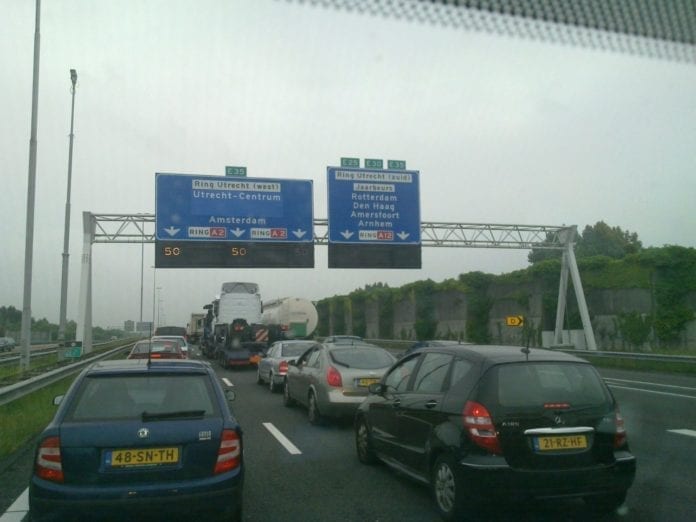
Last Monday the first reusable flyover in the Netherlands was tried and tested. Using primary concrete blocks that can be rearranged is vastly better for the environment and drivers. It avoids wastage of raw materials while opening up opportunities for faster work and cost reduction.
The ministry of Infrastructure and Water Management, in Rijkswaterstaat, has stated firmly, “we intend to work in a circular fashion by 2030”. Instead of the 30 to 50 years of use, this freeway flyover will service transportation for a massive 200 years. It’s unprecedented, but the ministry is confident it is about time this happened.
The Netherlands can hold its heads high on this one, innovation in the construction industry is felt the next world over. It is nothing less than a game changer, “circular construction is feasible, and is big business.”
How does it work?
So the first question that comes to mind is, how does it work? What makes it go. Well, technological sophistication is often at the heart of innovation. Let’s break it down; there are 40 separate elements that make up the flyover. All of these elements are reusable, meaning they can be removed, rearranged elsewhere to support infrastructure for longer by adding a lane or new exit.
How malleable? Very malleable. The flyover can even be relocated in its entirety (making it invaluable and highly sought after in construction). There are plans to deconstruct the entire flyover in March 2019.
The future of the reusable flyover
The freeway giant currently stands between the cities of Kampen and Dronten. Here an electric semi-trailer was first to drive across (how very climate savvy). If you’ve ever been frustrated as a driver in the Netherlands, this will undoubtedly restore some calm as you hit the freeway.
The Netherlands is determined to exist in a circular economy by 2050. It’s no surprise that these projects are being done fast and well — it wouldn’t be practical if it took ten years to build a flyover that only lasted 30.
Construction will continue until 2028, Rijkswaterstaat has scheduled at least 80 major overhaul projects. Many bridges and tunnels that date back to the 1950s and 1960s and are due to be adapted to suit the sustainable future. The plans will factor in reusable flyovers and a zero wastage policy wherever possible.
Plans to deconstruct and begin a new construction
Once the new ‘Reeve sluice gate complex’ has been built, the current sluice ‘Roggebotsluis’ will be dismantled. At the site of the current Roggebotsluis, a new bridge will be built in the interprovincial road ‘N307’. This bridge will have to open less frequently than the present one, thus improving the traffic-flow between the provinces Overijssel and Flevoland.



